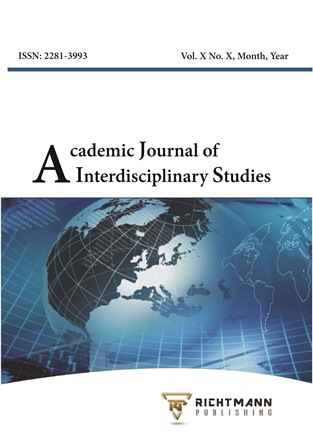The HERVAT Method as a Neurolearning Strategy in Education
DOI:
https://doi.org/10.36941/ajis-2024-0047Keywords:
Pedagogical methodology, neuroscience, HERVAT method, holistic learning, neurodidacticsAbstract
The pedagogical methodology has evolved in recent years, moving towards approaches that integrate advances in neuroscience with educational practices. In this context, the HERVAT method emerges, aiming to consolidate these advances and apply them in the educational sphere to enhance the learning experience. The main objective of this research was to implement the HERVAT method in various educational institutions in Ecuador. For this, a qualitative methodology was adopted, with an analysis based on the systematization of experiences and grounded in the profound interpretation of a specific phenomenon. Through a rigorous data collection and analysis process, which incorporated techniques such as observations and documentary analysis, the HERVAT method was applied to students in seven renowned educational institutions in the country. The findings of the study highlight those contemporary pedagogical interventions, supported by this method, emphasize the holistic development of the student. By integrating innovative techniques, such as gamification and multisensory stimulation, the aim is to align pedagogical practices with key discoveries in neuroscience. This alignment enhances brain plasticity, facilitating adaptability and depth in learning processes. The personalization of strategies and adherence to empirical evidence emerge as fundamental components to elevate educational quality in the contemporary era. It is concluded that the HERVAT method, rooted in neuroscientific principles, revitalizes learning by activating crucial neural circuits, optimizing aspects such as student attention and concentration. Strategies based on neurodidactics, backed by empirical evidence, highlight the relevance of natural environments and varied stimuli, enhancing sensory perception and the active commitment of the student in their educational process. This approach promotes comprehensive education, aiming to maximize each student's neurocognitive potential.
Received: 22 September 2023 / Accepted: 27 January 2024 / Published: 5 March 2024
Downloads
Downloads
Published
Issue
Section
License

This work is licensed under a Creative Commons Attribution-NonCommercial 4.0 International License.
This work is licensed under a Creative Commons Attribution-NonCommercial 4.0 International License.








